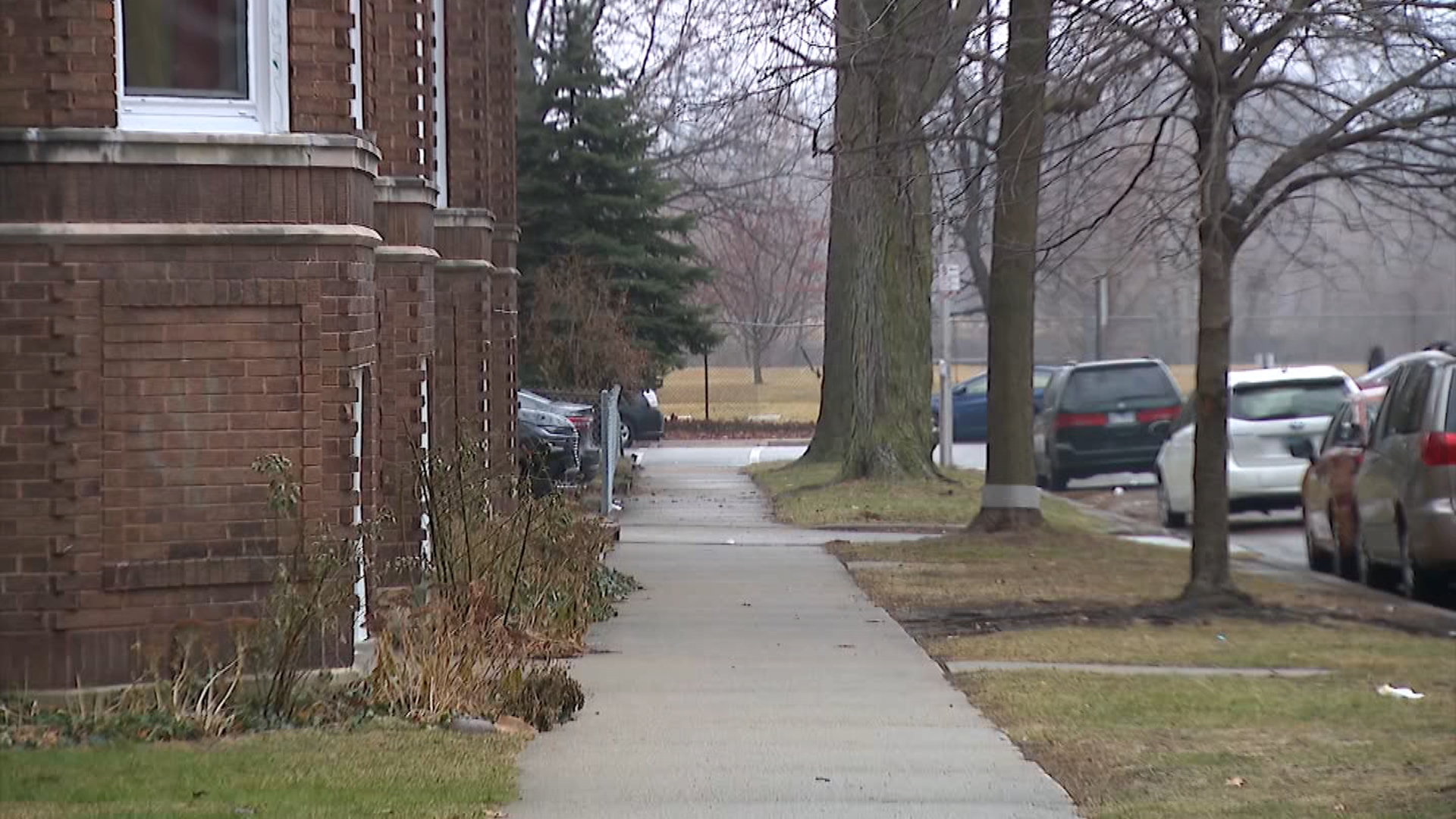Monday marked a day of major changes as several Illinois regions were allowed to loosen their coronavirus restrictions even further as the state changed its mitigation guidelines.
Illinois' health department announced that due to a change in staffing contracts, which increases hospital staffing across the state, Regions 8, 9, 10, and 11 can move from the most restrictive Tier 3 to Tier 2. In addition, Regions 1 and 6 have met the metrics to move to Tier 1, and Regions 3 and 5 have met the metrics to return to Phase 4 of the Restore Illinois Plan.
“Hospital leaders have made clear the importance of staffing in their continued response to this pandemic and conveyed that staffing contracts will be extraordinarily valuable in their ability to meet the needs of their communities,” Illinois Department of Public Health Director Dr. Ngozi Ezike said in a statement. “We are pleased to see most of our regions move out of Tier 3 mitigations with this change, and it is critical that we maintain this progress. With new variants of COVID-19 spreading, it is more important than ever to follow the public health guidance that keeps people safe – wear and mask and watch your distance.”
Here's a look at where each region stands:
Phase 4 Mitigations in Place:
Region 3 (West Illinois) -
Hancock, Adams, Pike, Calhoun, Jersey, Greene, Scott, Brown, Schuyler, Cass, Morgan, Macoupin, Montgomery, Christian, Sangamon, Logan, Menard, Mason
News
Region 5 (South Illinois) -
Marion, Jefferson, Wayne, Edwards, Wabash, Perry, Jackson, Franklin, Williamson, Saline, Hamilton, White, Gallatin, Union, Johnson, Pope, Hardin, Alexander, Massac, Pulaski
In this phase, gatherings of 50 or fewer people are allowed and indoor service is allowed at both bars and restaurants with capacity limitations, among other things. For a complete look at what is allowed in this phase, click here.
Tier 1 Mitigations in Place:
Region 1 (Northwest Illinois) -
Jo Davies, Stephenson, Winnebago, Boone, Dekalb, Carrol, Ogle, Whiteside, Lee, Crawford
Region 2 (West-Central Illinois) -
Rock Island, Henry, Bureau, Putnam, Kendall, Grundy, Mercer, Knox, Henderson, Warren, McDonough, Fulton, Stark, Marshall, Peoria, Tazwell, McLean, Woodford, Livingston, Lasalle
Region 6 (East-Central Illinois) –
Iroquois, Ford, Dewitt, Piatt, Champaign, Vermillion, Macon, Moultrie, Douglas, Edgar, Shelby, Coles, Cumberland, Clark, Fayette, Effingham, Jasper, Crawford, Clay, Richland, Lawrence
A move to this tier means indoor dining can resume at limited capacity, but only for establishments serving food. For a complete look at what is allowed in this tier, click here.
Tier 2 Mitigations in Place:
Region 8 –
Kane, Dupage
Region 9 –
McHenry, Lake
Region 10 –
Suburban Cook
Region 11 –
Chicago
A move to this tier means the reopening of cultural institutions like museums as well casinos. For a complete look at what is allowed in this tier, click here.
Tier 3 Mitigations in Place:
Region 4 (Southwest Illinois) –
Bond, Madison, St. Clair, Clinton, Washington, Monroe, Randolph
Region 7 –
Will, Kankakee
This is the most restrictive tier and is the one all of Illinois has been under since late last year. For a complete look at what is allowed in this tier, click here.
What's needed to move to each tier or phase?
To move to Tier 2, regions need:
- A test positivity rate between 8% and 12% for three consecutive days, as measured by the 7-day rolling average; AND
- At least 20% available staffed ICU hospital beds for three consecutive days, on a 7-day rolling average; AND
- A sustained decrease in the number of people in the hospital with COVID-19 for seven out of 10 days, on a 7-day average.
To move to Tier 1, regions need:
- A test positivity rate between 6.5 and 8% for three consecutive days, as measured by the 7-day rolling average; AND
- At least 20% available staffed ICU hospital beds for three consecutive days, on a 7-day rolling average; AND
- No sustained increase in the number of people in the hospital with COVID-19 for seven out of 10 days, on a 7-day average.
To move to back Phase 4, however, regions need:
- A test positivity rate less than or equal to 6.5% for three consecutive days, as measured by the 7-day rolling average; AND
- At least 20% available staffed ICU hospital beds for three consecutive days, on a 7-day rolling average; AND
- No sustained increase in the number of people in the hospital with COVID-19 for seven out of 10 days, on a 7-day average.



